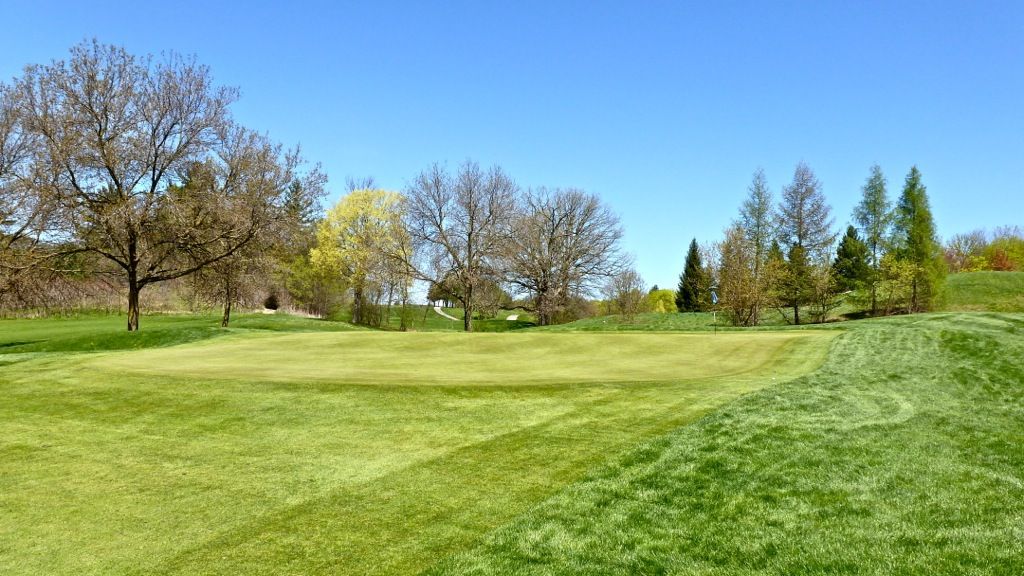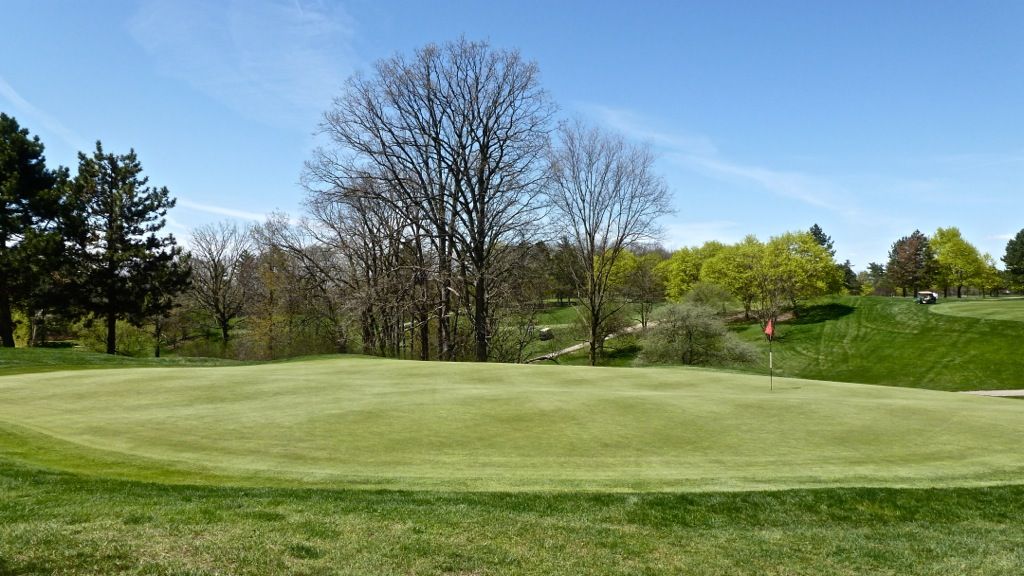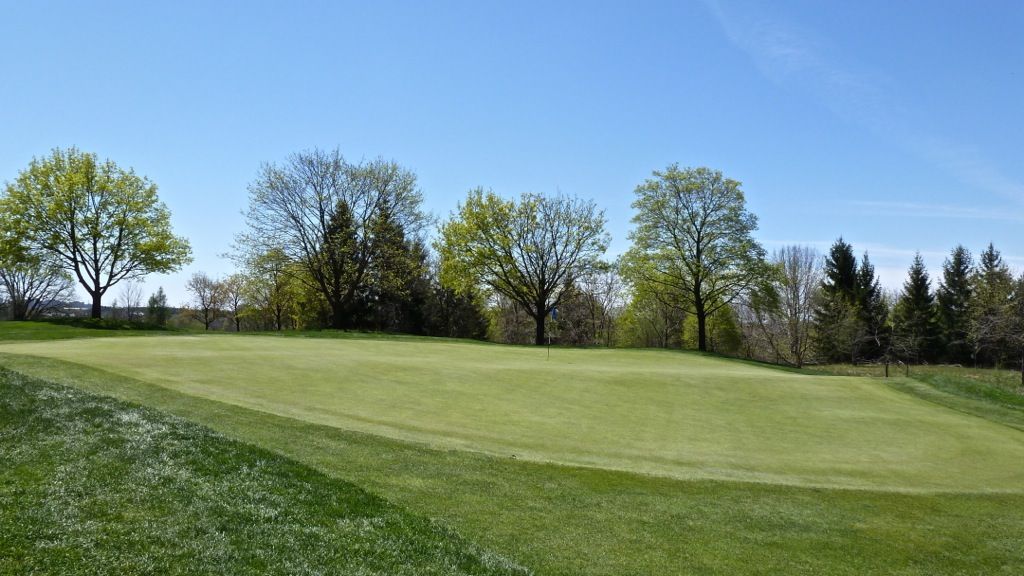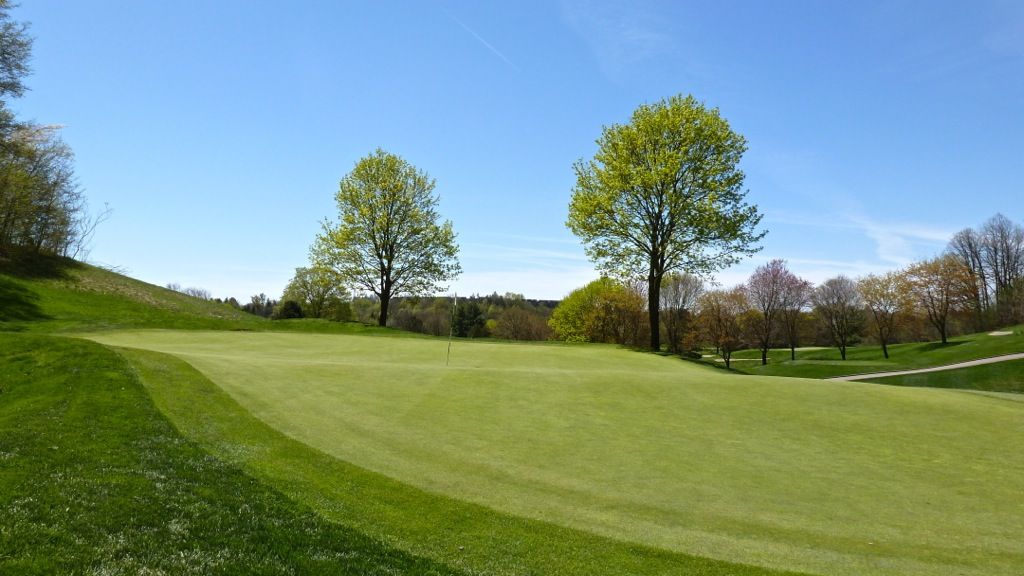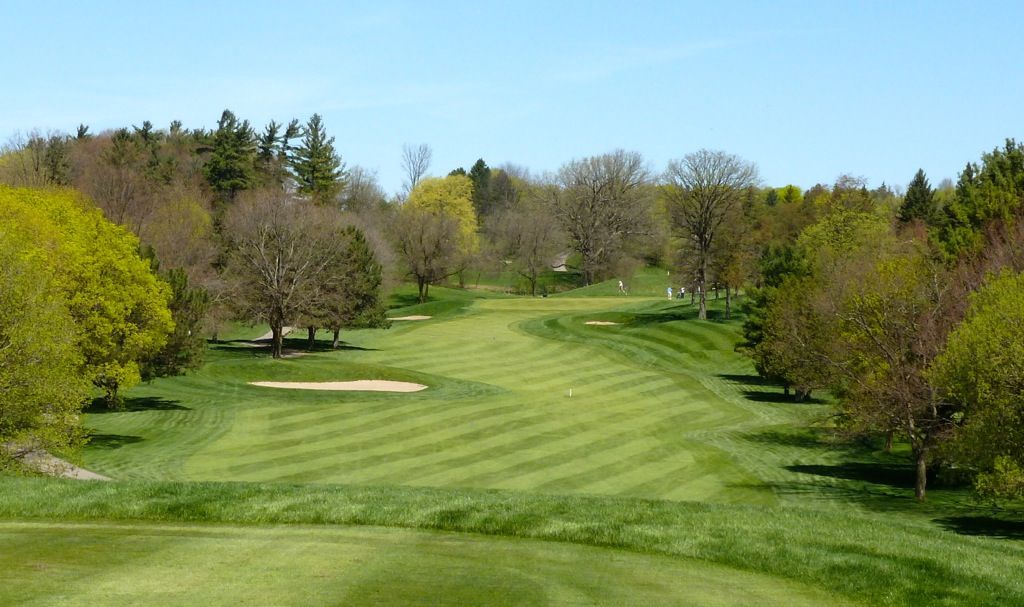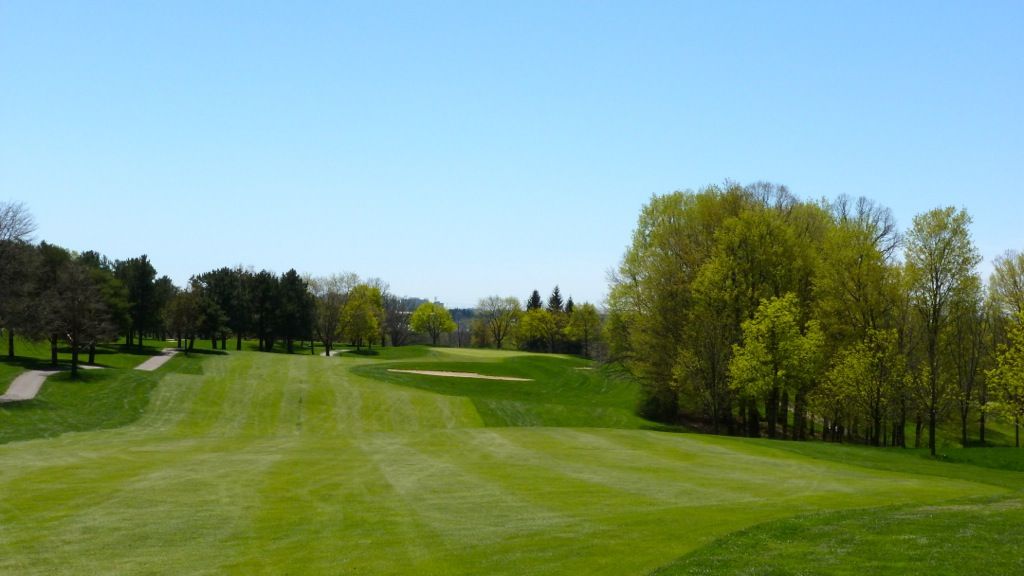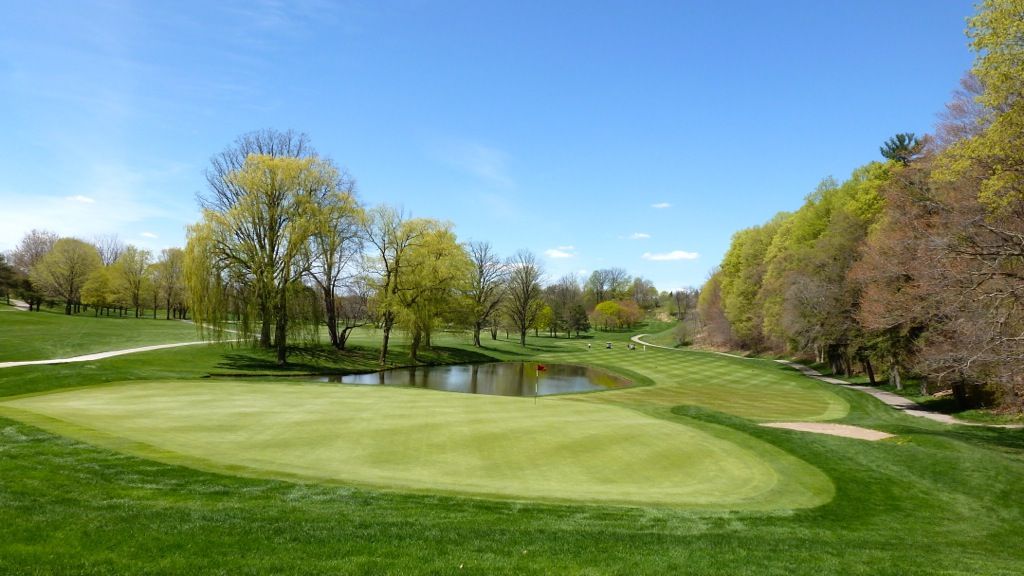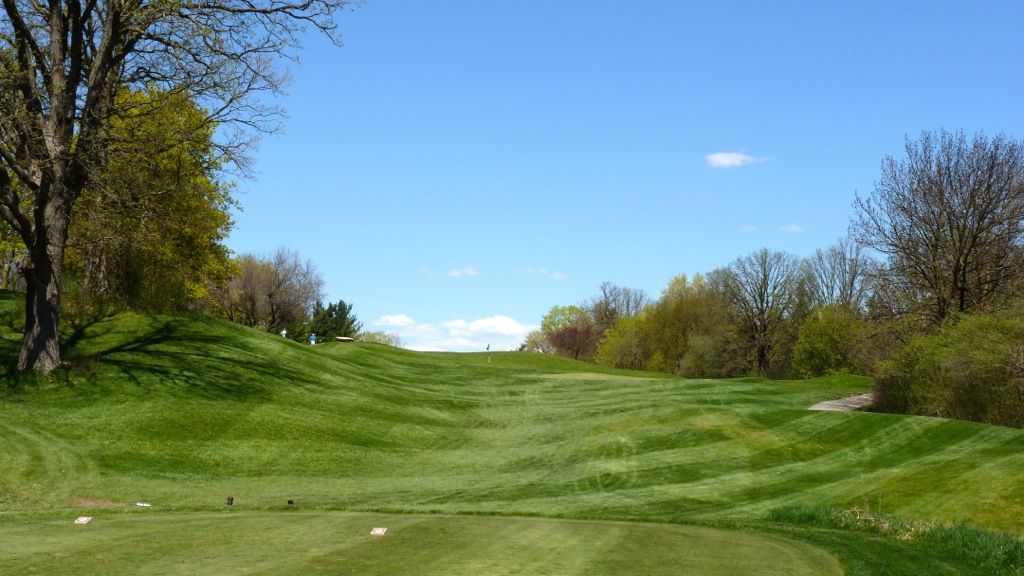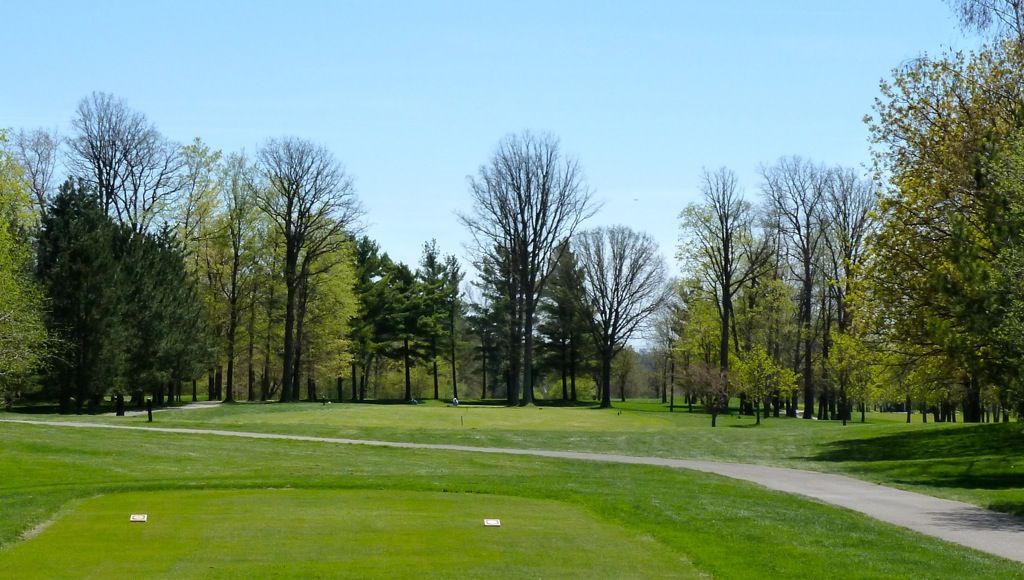Brantford, Ontario, Canada
Architects: George Cumming, Nicol Thompson, Stanley Thompson (1919); Robbie Robinson (1960)
6,562 Yards, Par-72
Rating/Slope: 70.9/126
My Quick Review: One of the twenty best in the province.
A bit of history from: http://brantfordgolfandcountryclub.com/About-the-Club/History-of-the-Club.aspx
The course was designed by Thompson, Cumming and Thompson, a Toronto partnership of brothers Stanley and Nicol Thompson and George Cumming, the head professional at the Toronto Golf Club. While it would be Stanley who developed into the dean of Canada’s course architects, the history of the Brantford Golf and Country Club ascribes most of the credit for this design to Cumming and Nicol, who served as head professional at the Hamilton Golf and Country Club in Ancaster, Ontario, for 50 years.
For 40 Years, Brantford members enjoyed this “testing course.” In 1960, proposed changes to the clubhouse, curling rink, swimming pool and other facilities, meant renovating the course. Two-time club president R. Bruce Forbes, a Brantford member since 1932, as a close friend of noted Canadian architect C.E (Robbie) Robinson and approached the designer. “We had no money- and I mean no money,” Forbes recalls. “He did it because he was a pal of mine. He never got a cent from us, although he did get a lot of free meals and golf.” Forbes is the club’s most distinguished member; a fine player and gentleman, whose self-admitted ”love affair with golf” led to roles as both president and executive-director of the Royal Canadian Golf Association and to eventual nomination to the Canadian Golf Hall of Fame.
Robinson, who had been given his start in the business by Stanley Thompson, summarized his proposals to the board late that year: “ I am now satisfied that I have a well balanced series of holes which will eliminate the two successive par threes on the second nine and also provide a strong finishing hole. The yardage on the first and second nine will be better balanced and combine into championship length of about 6,800 yards.
Course Review
Brantford is a fascinating routing. The golf course starts with a pair of back-and-forth holes 'up top' by the clubhouse before the golfer plays into the valley on the wonderful 3rd and 4th holes, which are ingeniously routed across the downhill drop. From the 7th to the 11th the golfer plays back up, across, and then back down the elevation change before Thompson crosses the road for a four hole stretch. Curiously, this four hole stretch plays around/across a stream, which I thought would have been the dominant feature in this portion of the routing, but not once does it come into play -- perhaps this is a missed opportunity?
There are way too many trees at Brantford. Not often do trees impede on the lines of play, though where they do, they do so very notably as at the 1st. There aren't many trees that add any interest. As far as I'm concerned, all the trees planted in straight lines to separate one hole from another (safety aside), should go. On a related note, the mowing lines are slightly offensive. Not only are they too narrow, but in places their utter straightness contrasts harshly with a golf course that lays so naturally on the land.
Despite this criticism, I think Brantford is spectacular -- certainly among the twenty best courses in the province, on par with the likes of Weston, Kawartha and Mississaugua.
The golf course starts with a par-5 that moves left around out-of-bounds. This tree on the corner of the dogleg certainly impedes on the line of play -- an unoriginal addition I presume, though I could be wrong.

The second is a short par-4 played alongside the first and is one of a handful of holes with a shallow and wide green.

A new tee has stretched the third hole to 191 yards. The third and fourth holes show how much interest can be created by routing across a hill. The third green is one of several at Brantford that are set neatly into the side of a hill.


Number four is a great par-5 that plays from an elevated tee to a fairway that rolls, and first cants left before falling hard to the right in the lay-up area. Though the mowing lines are poor, any golfer with just a bit of imagination can see the strategic merit of the clever fairway bunkering.


Brantford is only 6,600 yards, but with several par-4s that play over 450 yards, it doesn't feel short. The first of these long par-4s is at the 5th, where a wonderfully rippled fairway ensures an uneven lie:

At the 7th Thompson takes the elevation head on, with the hole playing straight uphill to another spectacular green site. Admittedly, the overhanging tree limbs make for an improved picture, but they do not add strategic value to the hole and I cannot imagine they help the health of the grass.
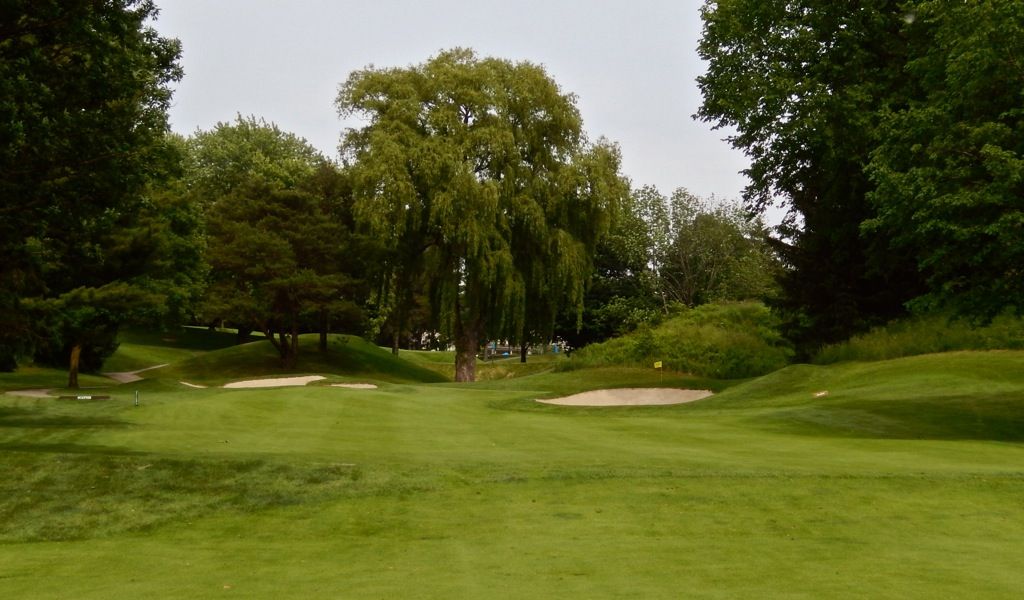

The 8th is a 155 yard par-3 that plays subtly uphill and completes the golfer's trek back to peak elevation

The final hole on the opening nine is certainly a quirky one. The golfer must choose whether to lay-up well short of the 100-yard marker on this 300 yard par-4 to leave a clear view of the green, or whether to challenge the increasingly narrowed fairway near the green.

The 10th hole is a stunning and strong mid-length par-3 with a diagonal green that dips in the centre:


The 11th drops back into the valley and though the tee shot is dramatic, this is one of the least interesting holes on the golf course:
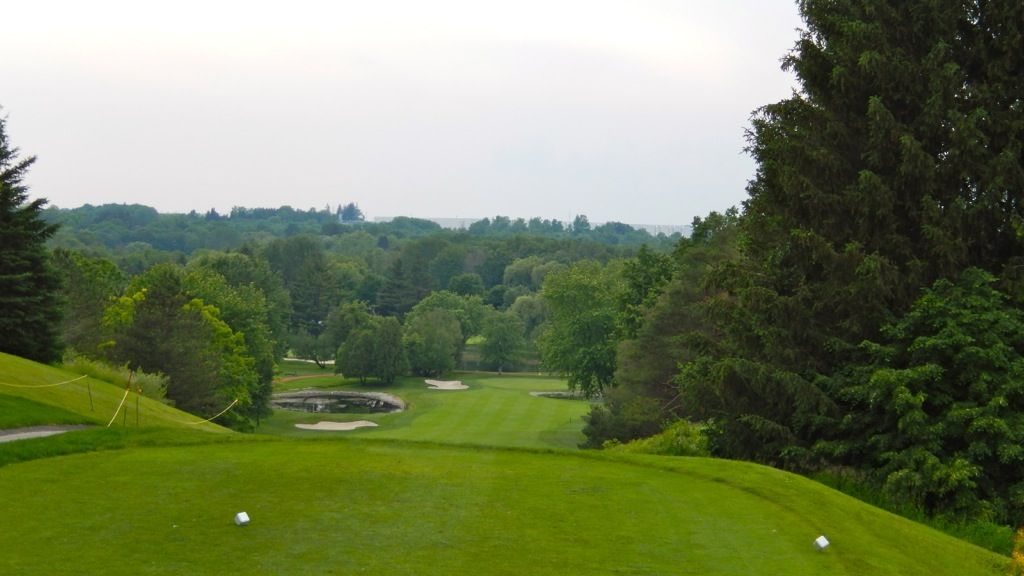
The golfer 'crosses the road' for the stretch of holes from the 12th through the 15th. One would have that the dominating feature would have been the stream that meanders through this portion of the property, similar to the 'across the road' stretch of holes at Perry Maxwell's Oklahoma City G&CC, but it goes utterly unused. Nonetheless, the 480 yard par-5 12th is a very good hole played over rising and tilted land.

No doubt trees and mow lies are an issue at the 12th as the ideal lay-up sits buried in the rough...

The tee shot at the 14th, played alongside out of bounds, is a touch too narrow to be strategic...


A spectacular par-3 at the 190 yard 15th. The green is set in a natural punchbowl in the corner of the property...


After climbing to the 15th green, the golfer enters the valley for the last time on the 16th where the tee shot is played over a lightly trafficked maintenance road. At one time, I presume, the stream ran across the 16th fairway 30 yards or so short of the green, but it has since been piped under the fairway.

The 17th is a challenging but bland hole -- a disappointing hole in an otherwise exceptional set of par-3s.

The home hole is a mid-length par-5 that once again crosses the maintenance road.

A perfectly placed bunker guards the ideal angle of approach well-placed green:




